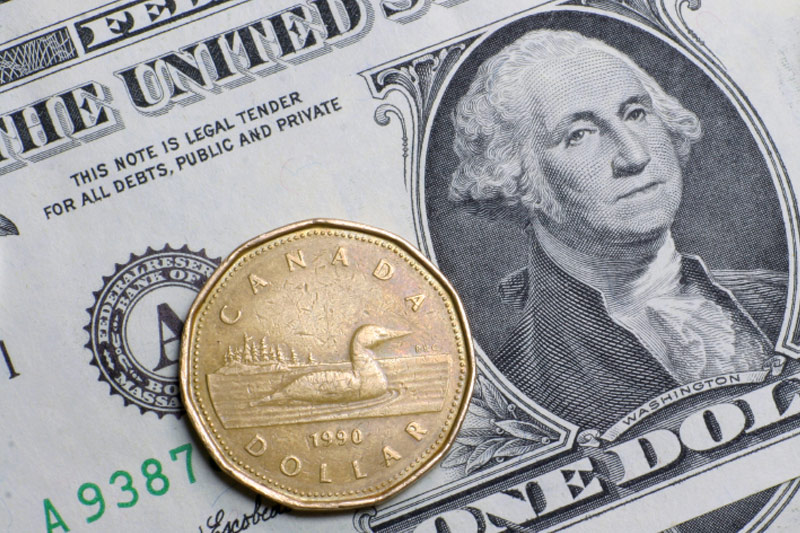Investing.com - The U.S. dollar dropped against its Canadian counterpart on Tuesday, as commodity-linked currencies strengthened after China’s central bank cut interest rates in a bid to bolster economic growth after a plunge in the country’s stock market.
USD/CAD hit 1.3144 during early U.S. trade, the pair's lowest since August 21; the pair subsequently consolidated at 1.3210, declining 0.57%.
The pair was likely to find support at 1.3057, the low of August 21 and resistance at 1.3298, the session high and an 11-year high.
The People’s Bank of China cut interest rates by 25 basis points to 4.6% on Tuesday. The bank also cut the reserve requirement ratio for large lenders to 18.0%.
Fears over a global economic downturn, led by a slowdown in China’s economy have intensified in recent days, accelerating a selloff across global markets.
Asian and European stocks rebounded on Tuesday, but shares in China and Japan continued to slump.
Shares in Shanghai fell around 8% overnight, one day after the worst trading session since 2007, dubbed ‘Black Monday’.
Recent steep declines in Chinese equity markets have sparked fears that they will weaken the world’s second largest economy and undermined investor confidence in the government’s ability to revitalize economic growth.
The turmoil in markets began when China unexpectedly devalued the yuan on August 11, sparking fears over the condition of the economy.
The commodity-linked Canadian dollar strengthened as the Chinese rate cut boosted oil prices. Crude oil futures for October delivery rallied 3.71% to 39.69 in early U.S. trading.
The loonie was sharply higher against the euro, with EUR/CAD tumbling 1.90% to 1.5150.
